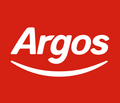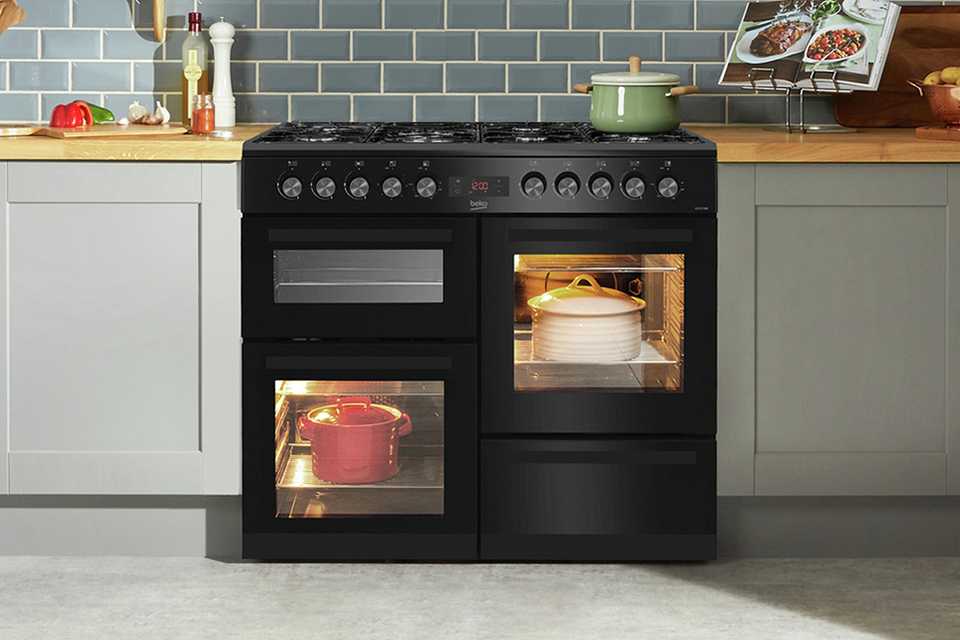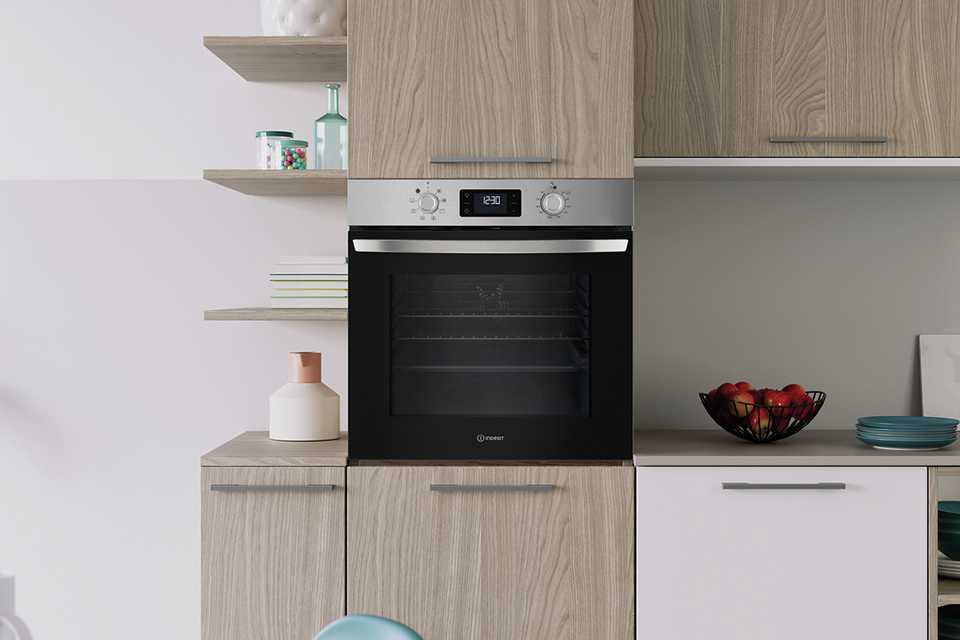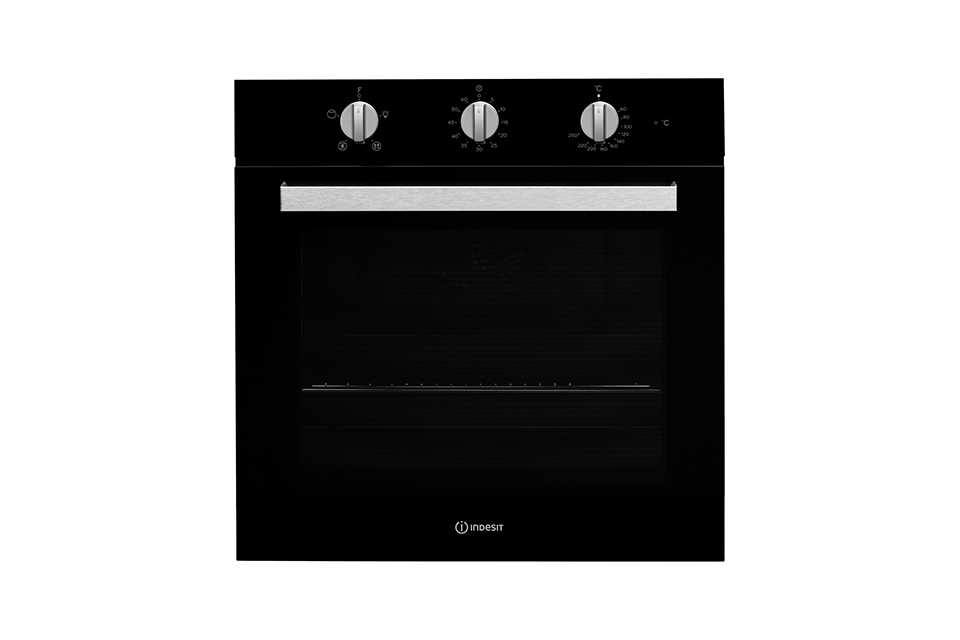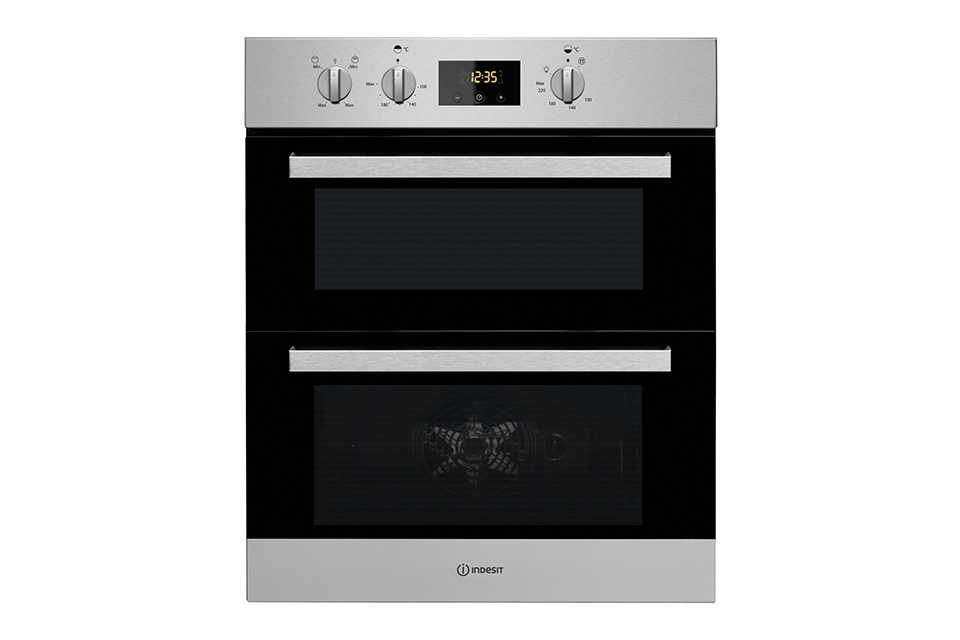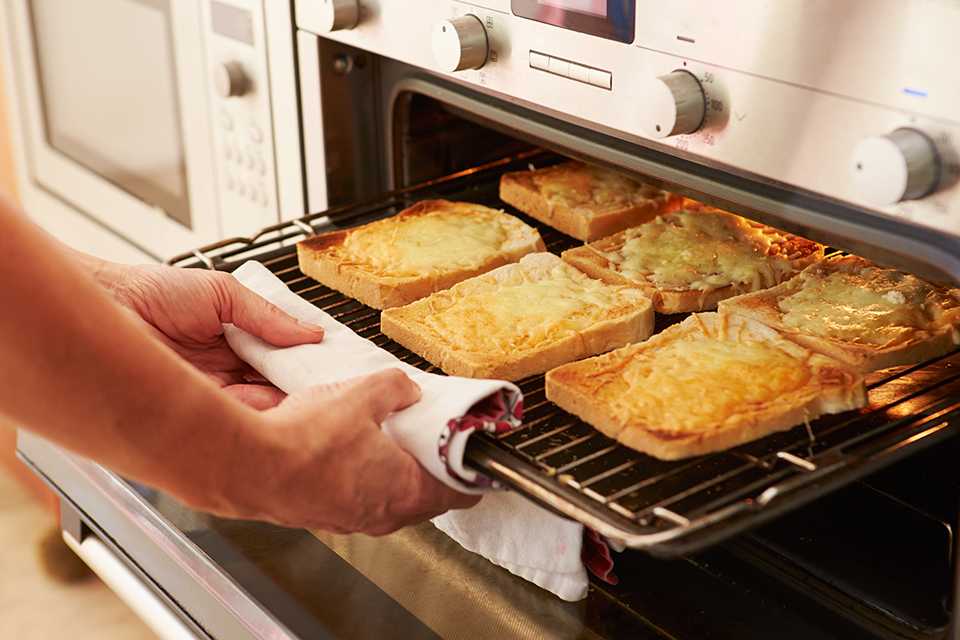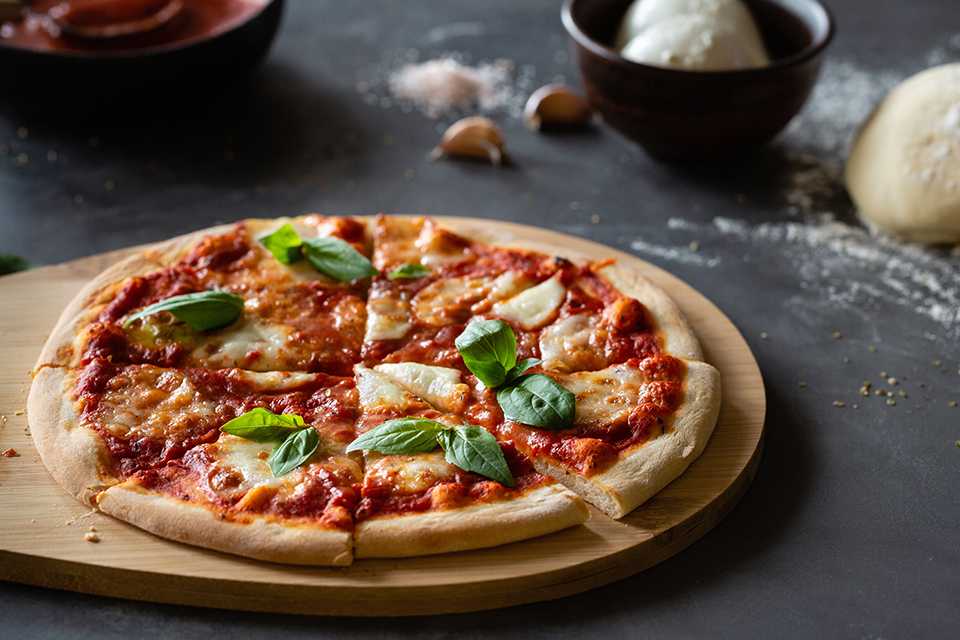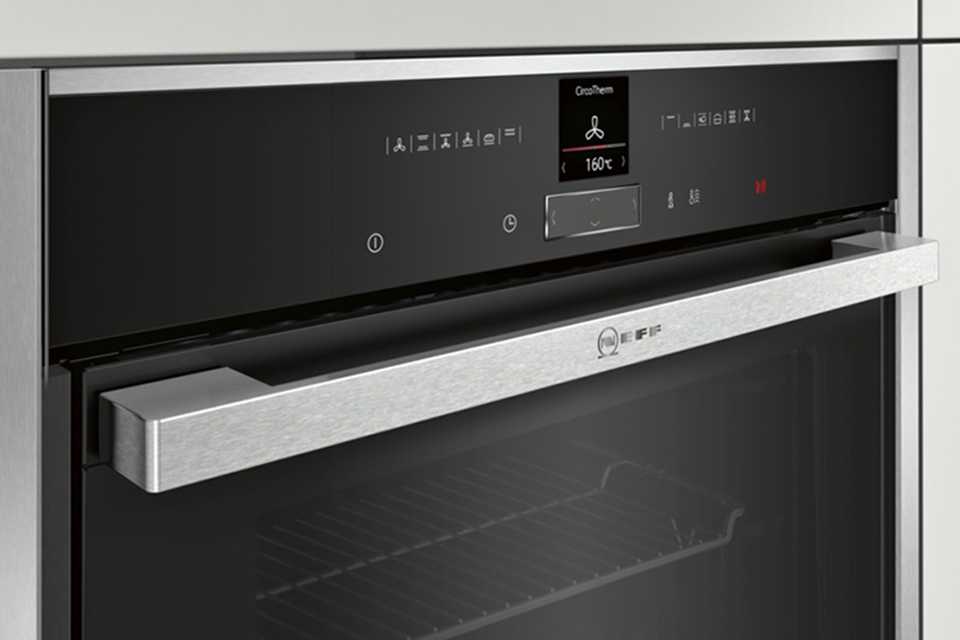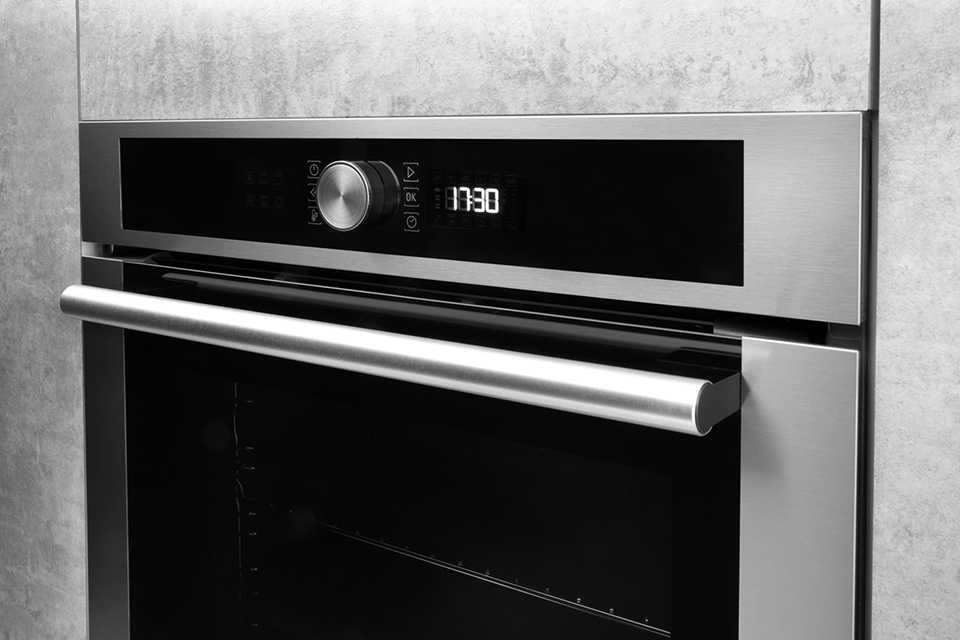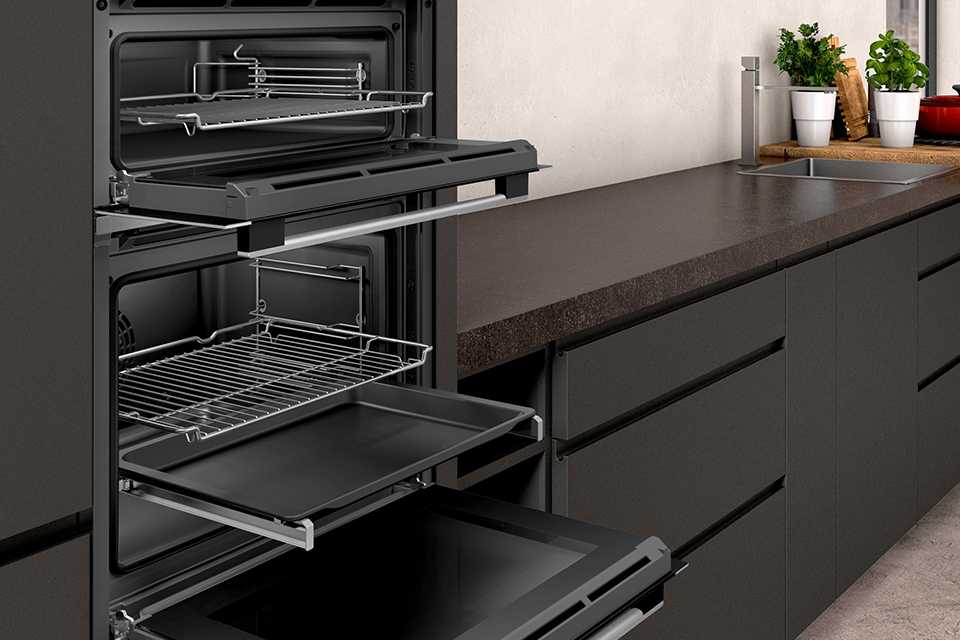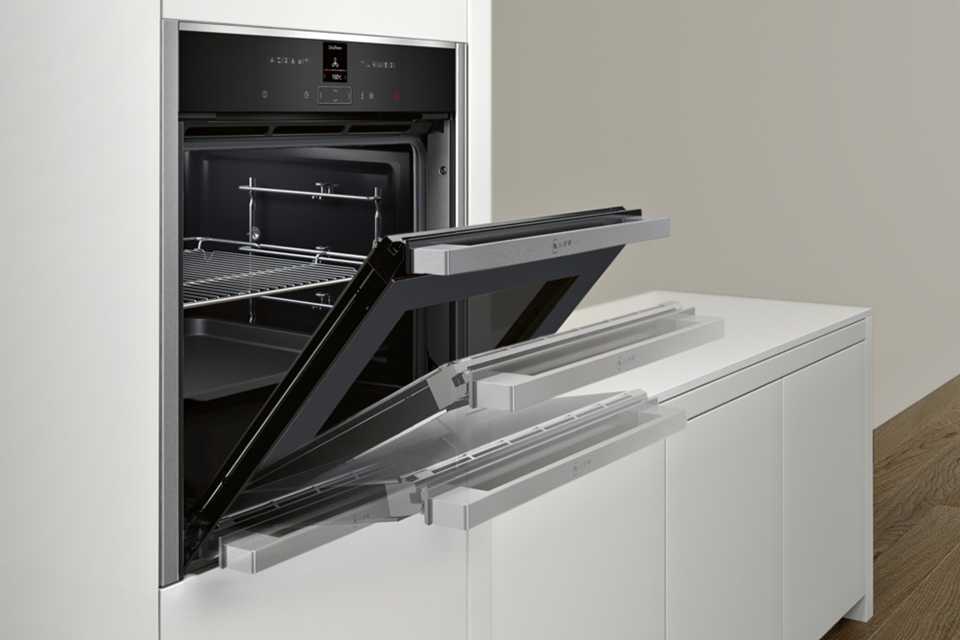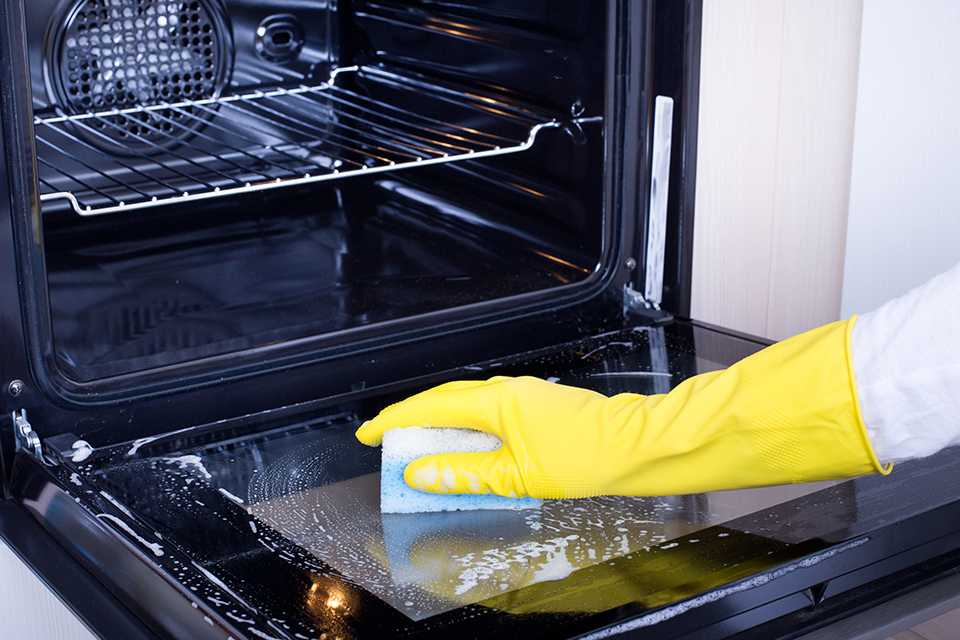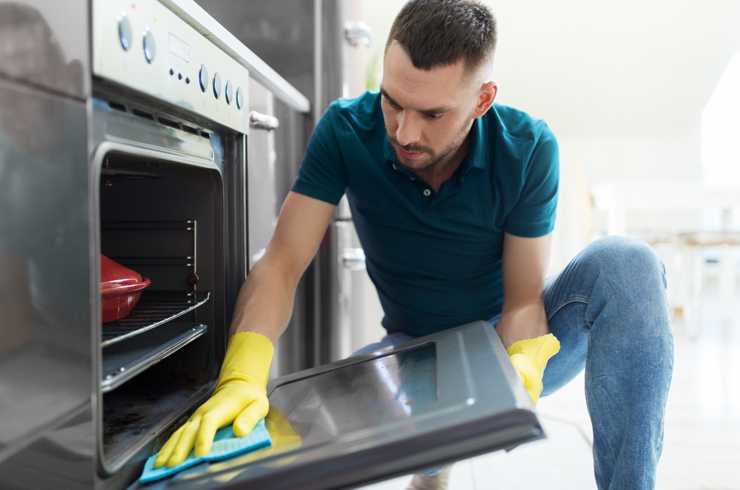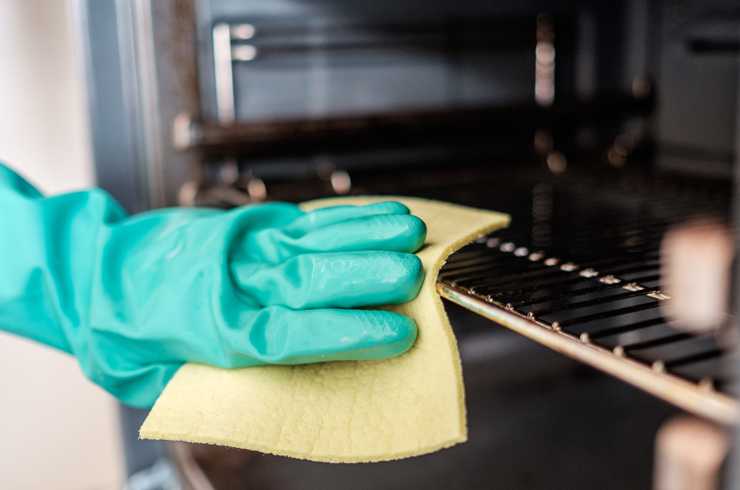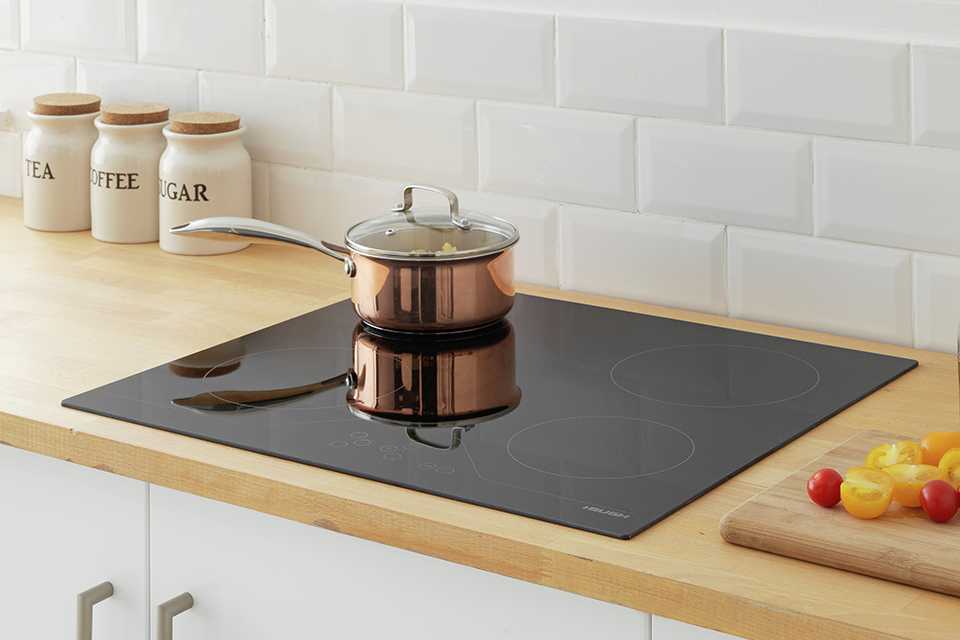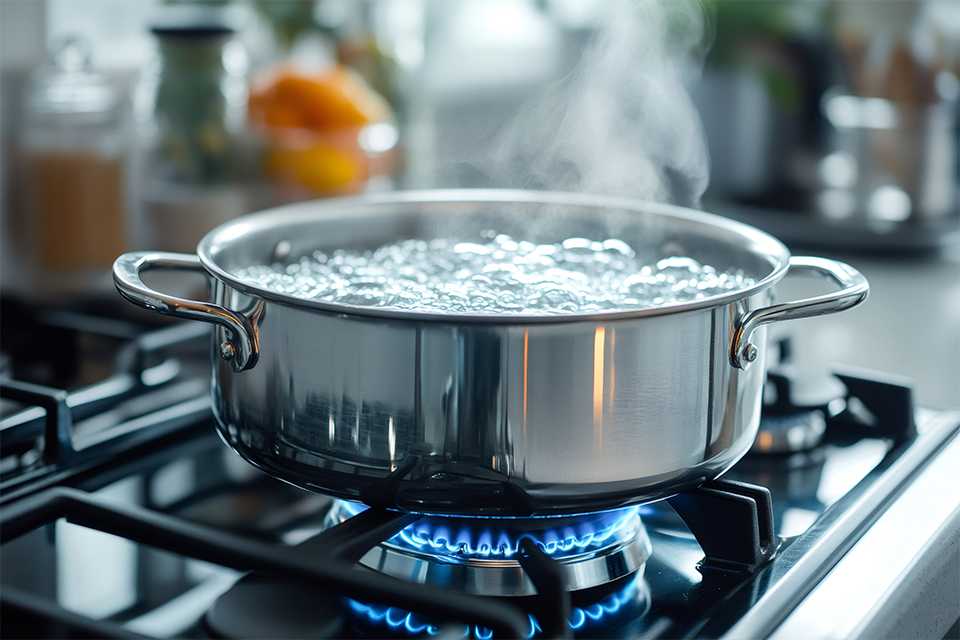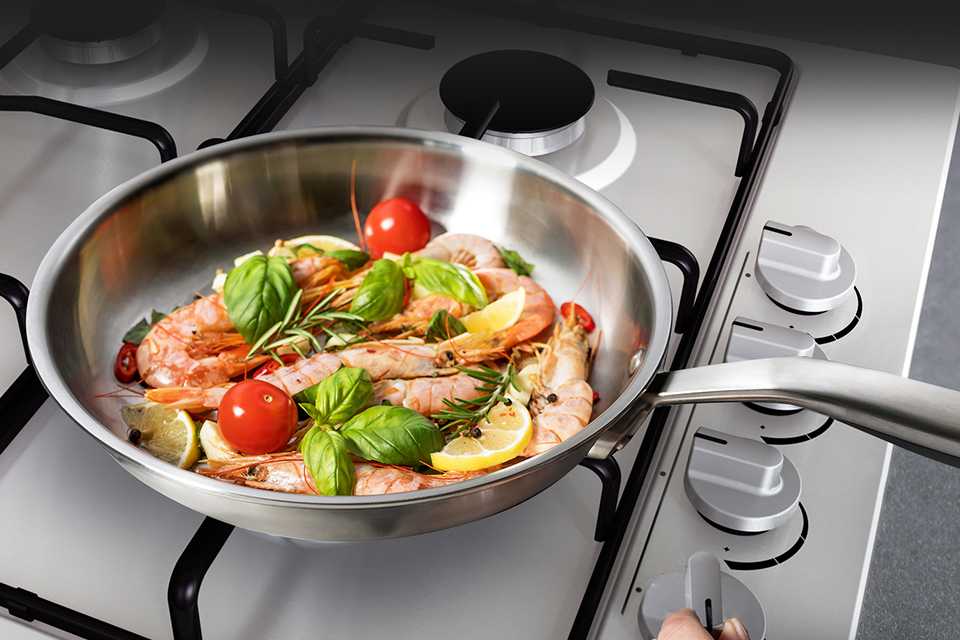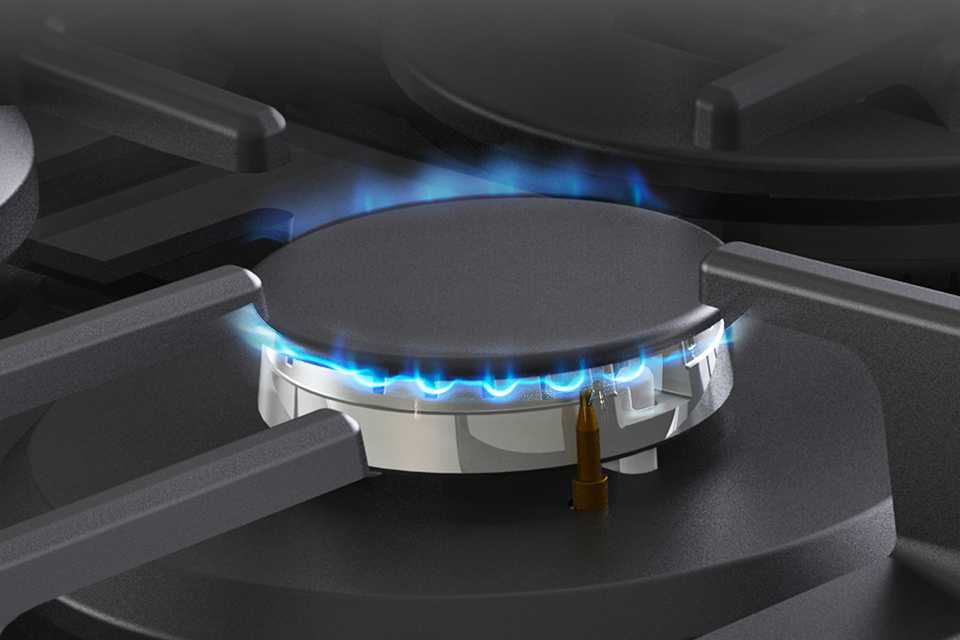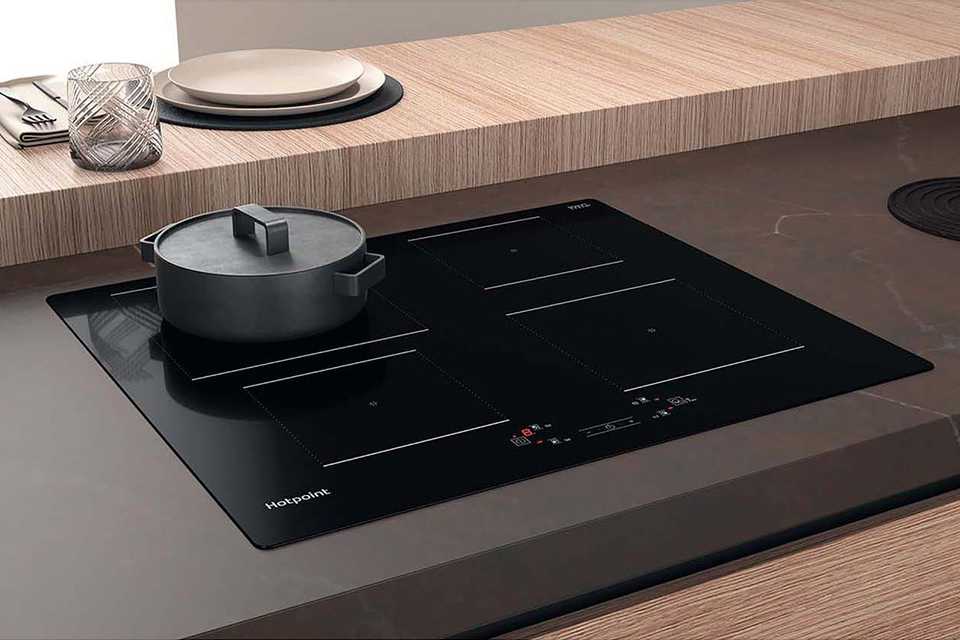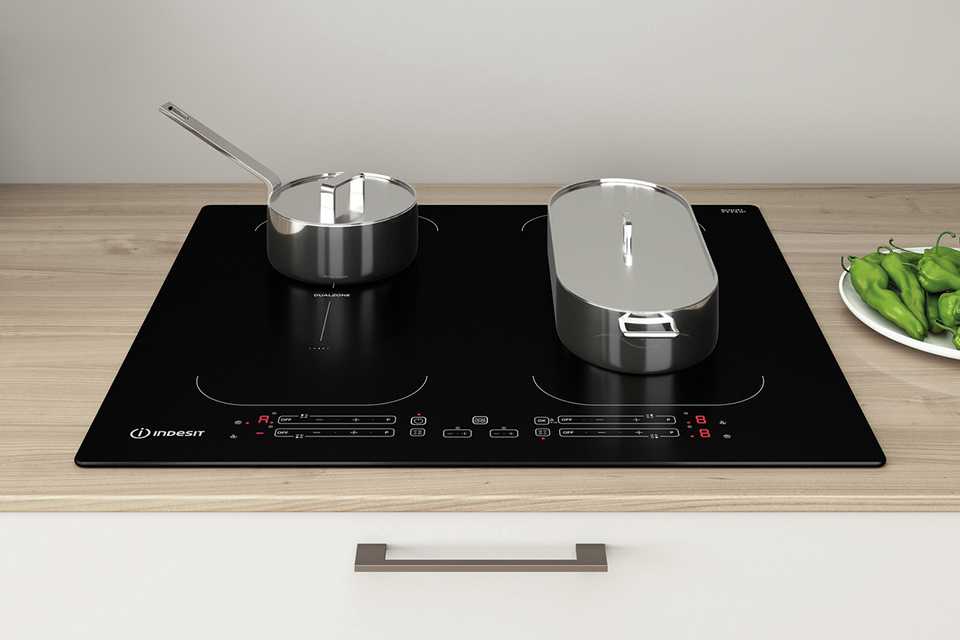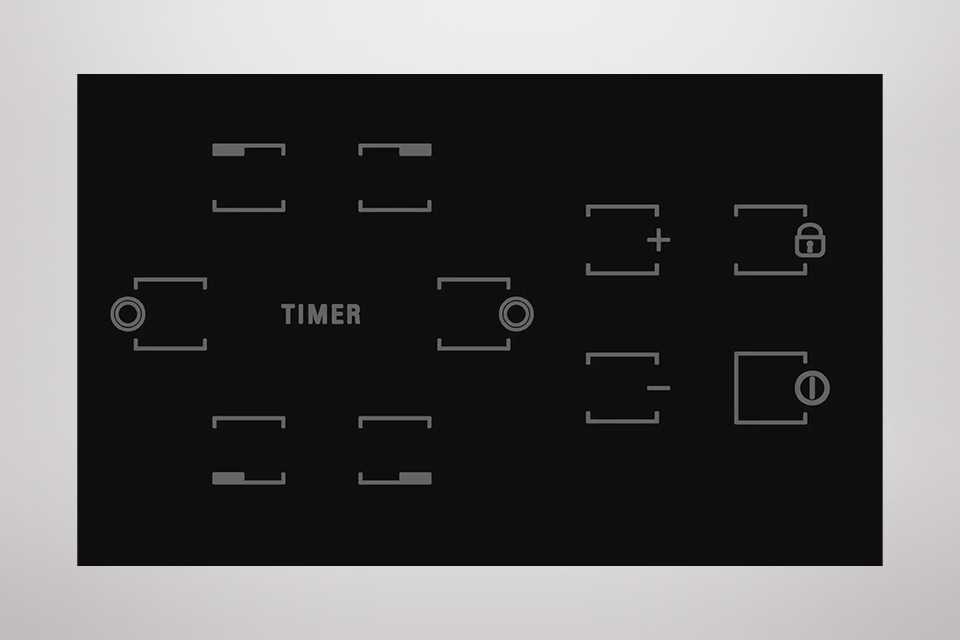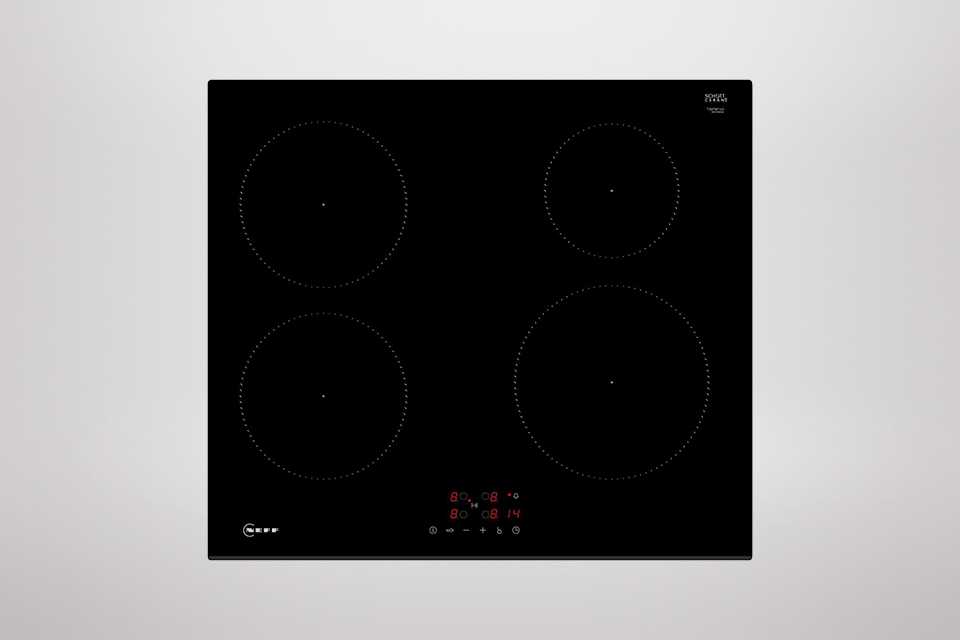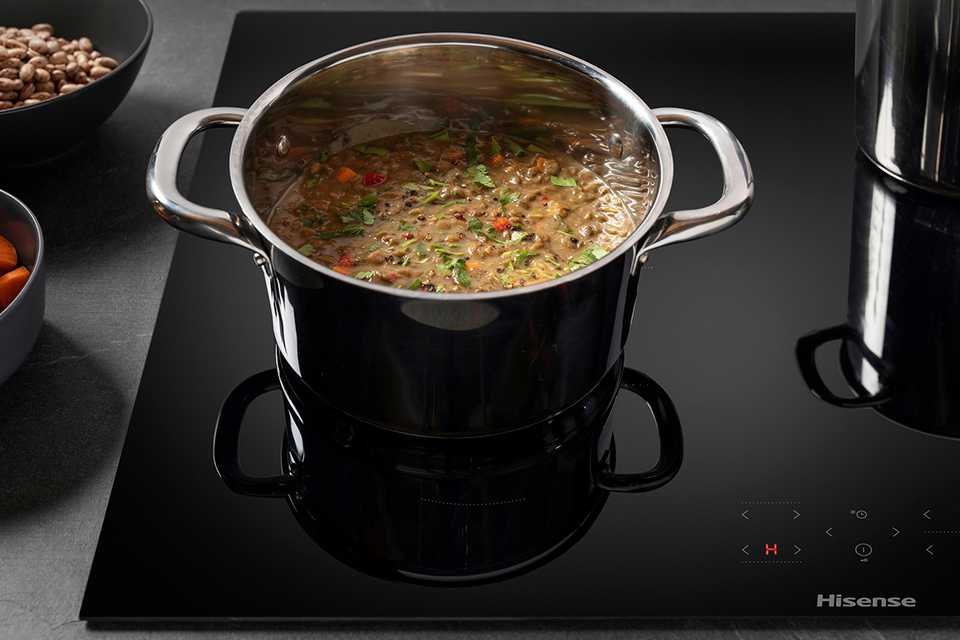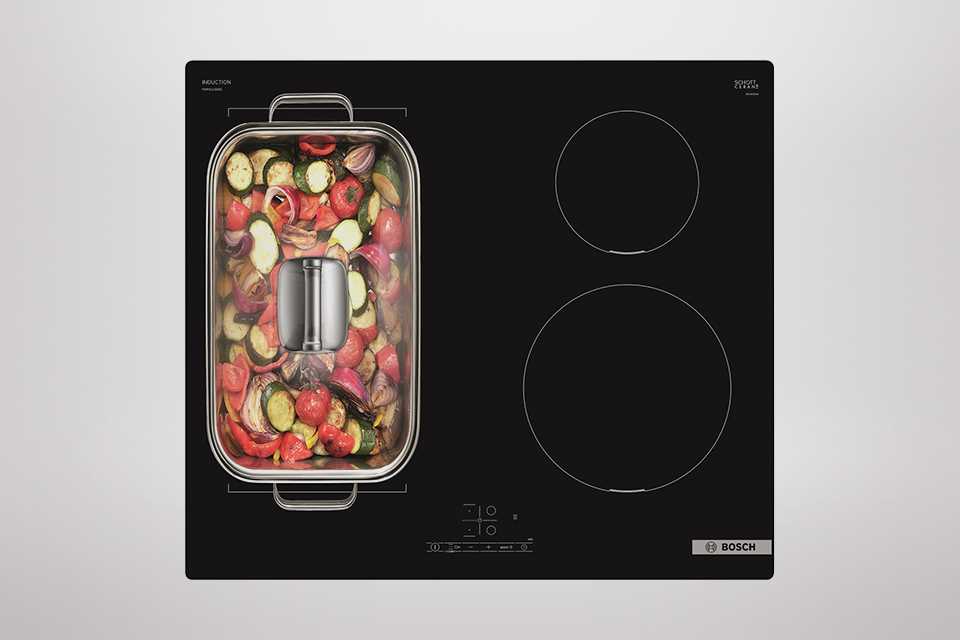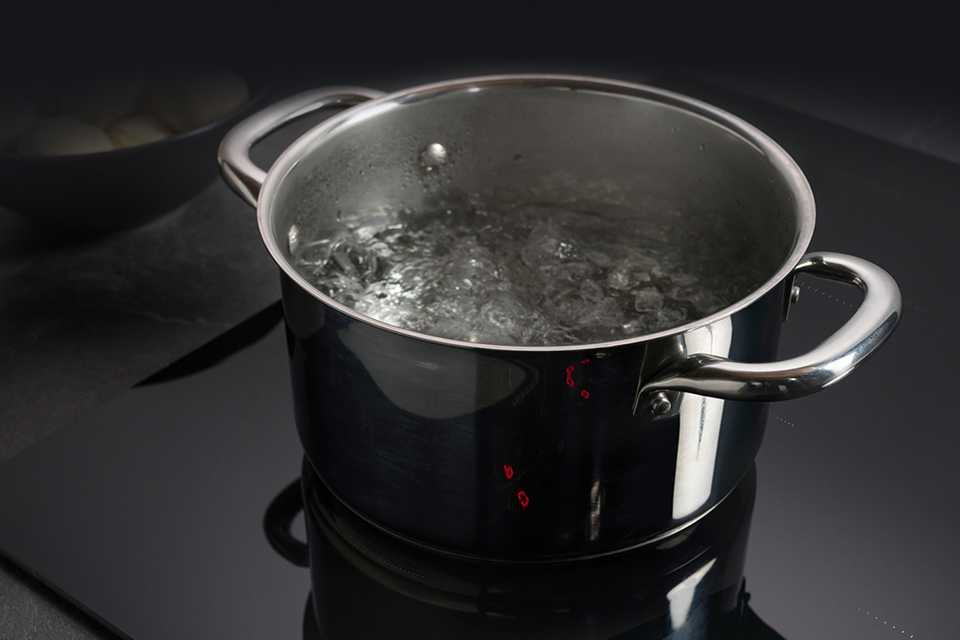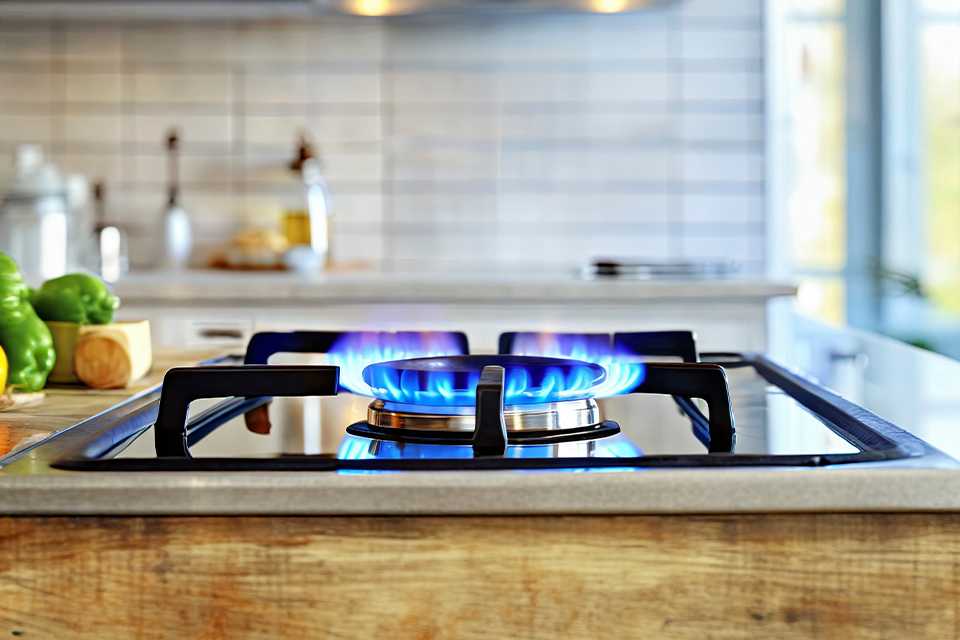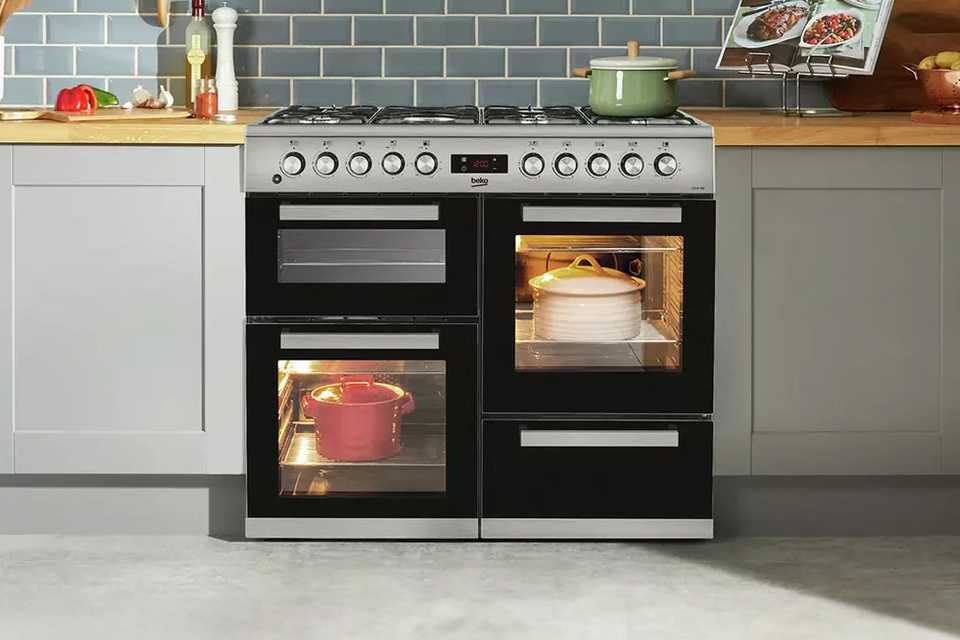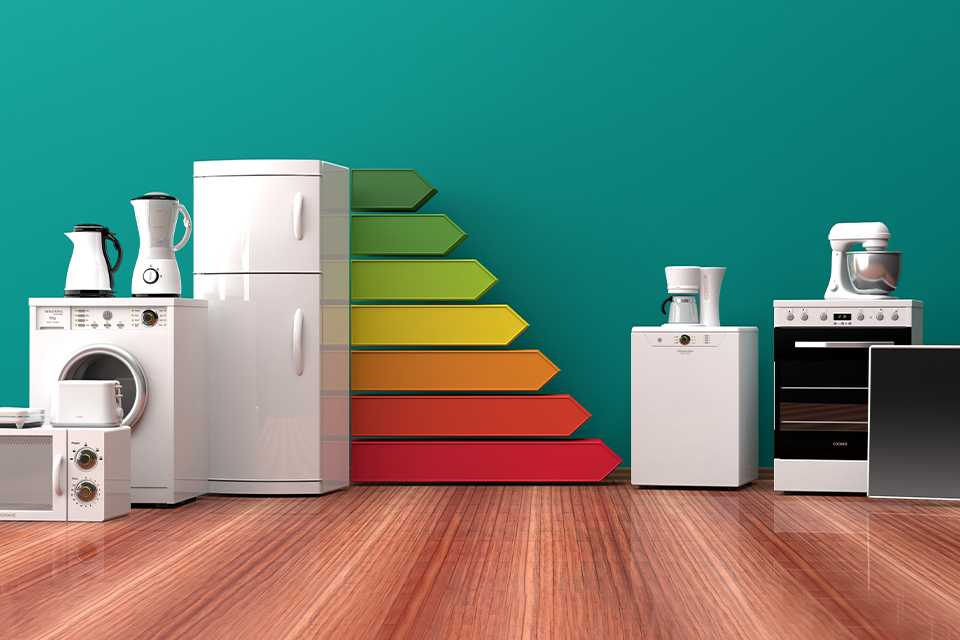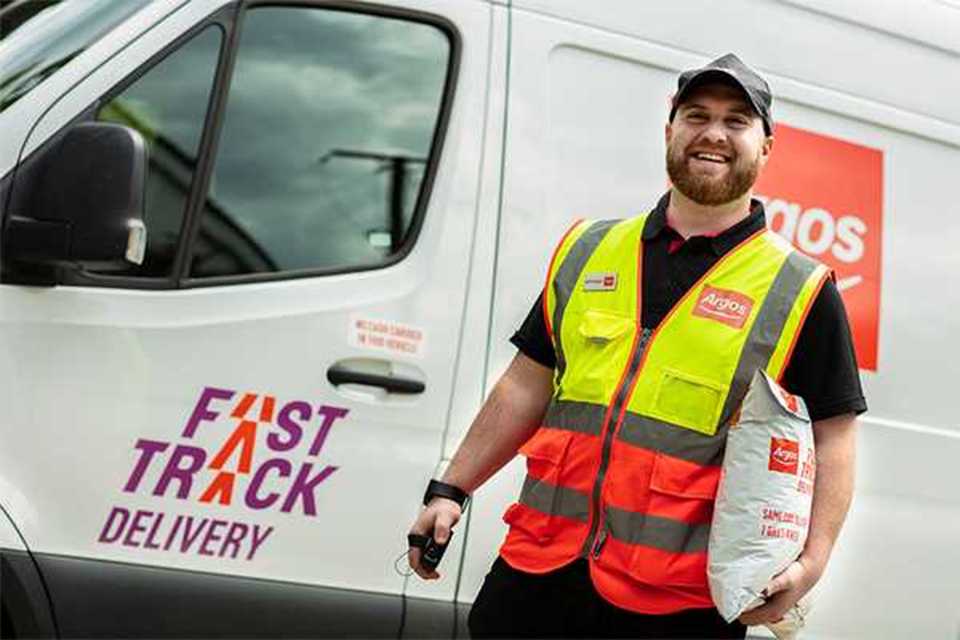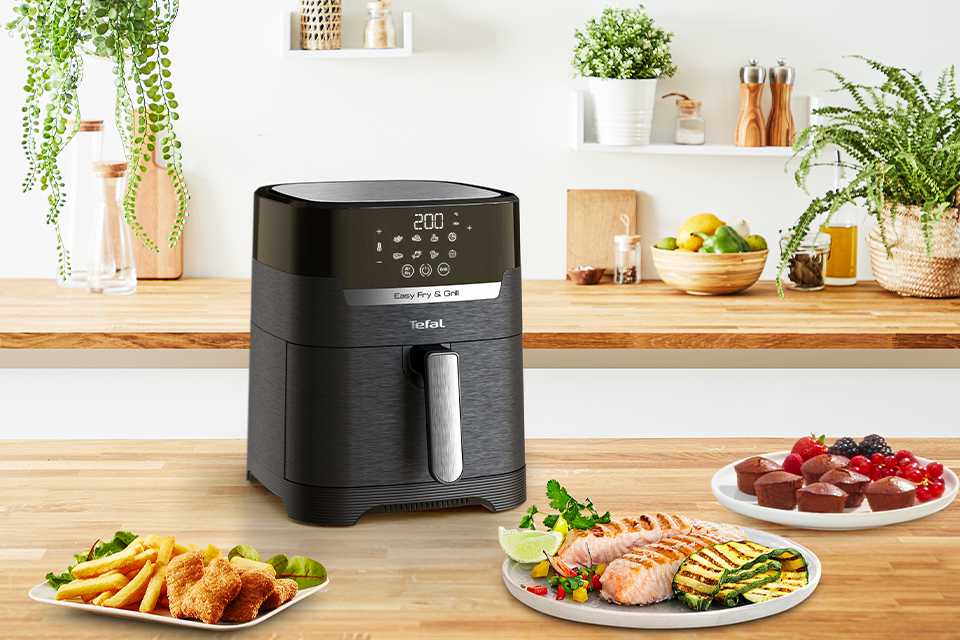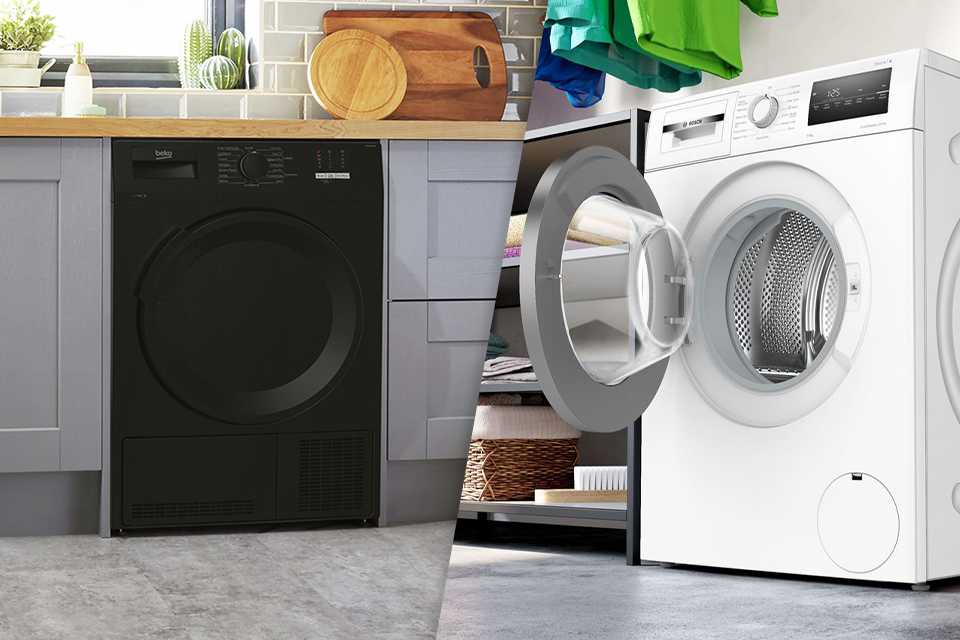Cooker, oven and hob buying guide
Sizzle, roast and bake like a pro. Our detailed guide will help you choose the best appliance for your kitchen.
Shop all cookers, ovens and hobs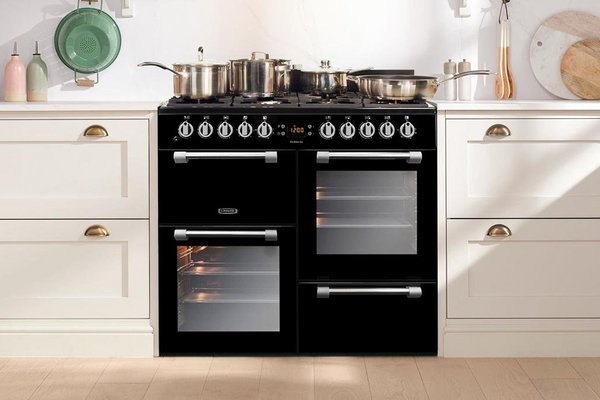&poi={$this.metadata.pointOfInterest.x},{$this.metadata.pointOfInterest.y},{$this.metadata.pointOfInterest.w},{$this.metadata.pointOfInterest.h}&scaleFit={($this.metadata.pointOfInterest.x>0)?$sfpoi:$sfcenter}&sm=aspect&aspect=3:2&sfcenter=center&sfpoi=poi&qlt=50&fmt=auto&noiser=0&fmt.jpeg.interlaced=true&fmt.jp2.qlt=40&)
Shop popular cookers, ovens and hobs
Carousel
What is the difference between a cooker and an oven?
Carousel
Types of built-in oven
Take a look at the size options below to see what suits your kitchen needs.
Carousel
Cooking functions in an oven
There is more than one way that ovens can create heat to cook your food. The three key types are explained below to help you understand the differences and decide what works best for you.
Carousel
Top features to look for in an oven
Carousel
Self-cleaning ovens
Hate cleaning? Get an oven that does it for you. Take a look at the three main types of self-cleaning ovens.
Carousel
Get the right hob for the job
Choosing a hob is more than deciding between gas or electric. Explore the four main types of hob so you can decide what works best for you.
Carousel
Features to look out for in a hob
Carousel
Carousel
Which fuel type is best for you?
Carousel
Getting ready for your new kitchen appliance
Carousel
FAQs about cooker, oven and hob
Is it cheaper to cook on hob or in the oven?
In general, cooking on the hob is less expensive than cooking in an oven as the hob distributes heat in a small, required area. It is also considered more efficient compared to an oven. Ovens tend to use more energy to heat up the area, so cooking small meals is not economical. However, it also depends on whether you are using a gas hob or an electric hob and the dish being cooked.
How to decide which oven to buy?
Choosing an oven depends on your cooking preferences, kitchen size and budget. If you like to bake, roast or if you often entertain, then a standard or a double oven is a great choice. For occasional uses, a small microwave works best to prepare simple meals or heat food. Ovens also have features like timers, self-cleaning options, and even connectivity with devices so you can operate them using your phone. Check for these before you select one for you, so you don't end up paying for functions and features you might never use.
What is the difference between a hob and a cooker?
A hob is a part of the cooker or a separate unit for stovetop cooking. Whereas, a cooker is a combined appliance with a built-in hob and an oven.
What should I be looking for when buying a cooker?
When buying a cooker, there are five important things to look at. Start with your kitchen size - freestanding cookers come in standard, slim and large sizes. Range cookers are best for large families or people who love to host. Then comes fuel type - choose from gas, electric or dual-fuel options. Next is oven configuration. Do you prefer a single or double oven? After this, think about the hob type - gas, ceramic or induction. There are many energy-efficient options in cookers so watch out for that too.
What are the 4 main types of cookers?
The four main types of cookers are gas, solid plate, ceramic and induction. Gas cookers use an open flame. Solid plate cookers use an electric coil that heats up to warm your pots and pans. Ceramic hobs use electricity to function and they come with a flat glass surface that's easy to clean. Induction cookers heat the cookware directly but they need compatible cookware like magnetic pans.
Which cookers are most energy efficient?
Cookers with induction hobs are the most energy efficient as they only turn on the heat sensor when they detect a compatible cookware and they heat the pot/pan directly. So there is minimum wastage of energy. For cookers, each model comes with an energy rating from A+ to D.
